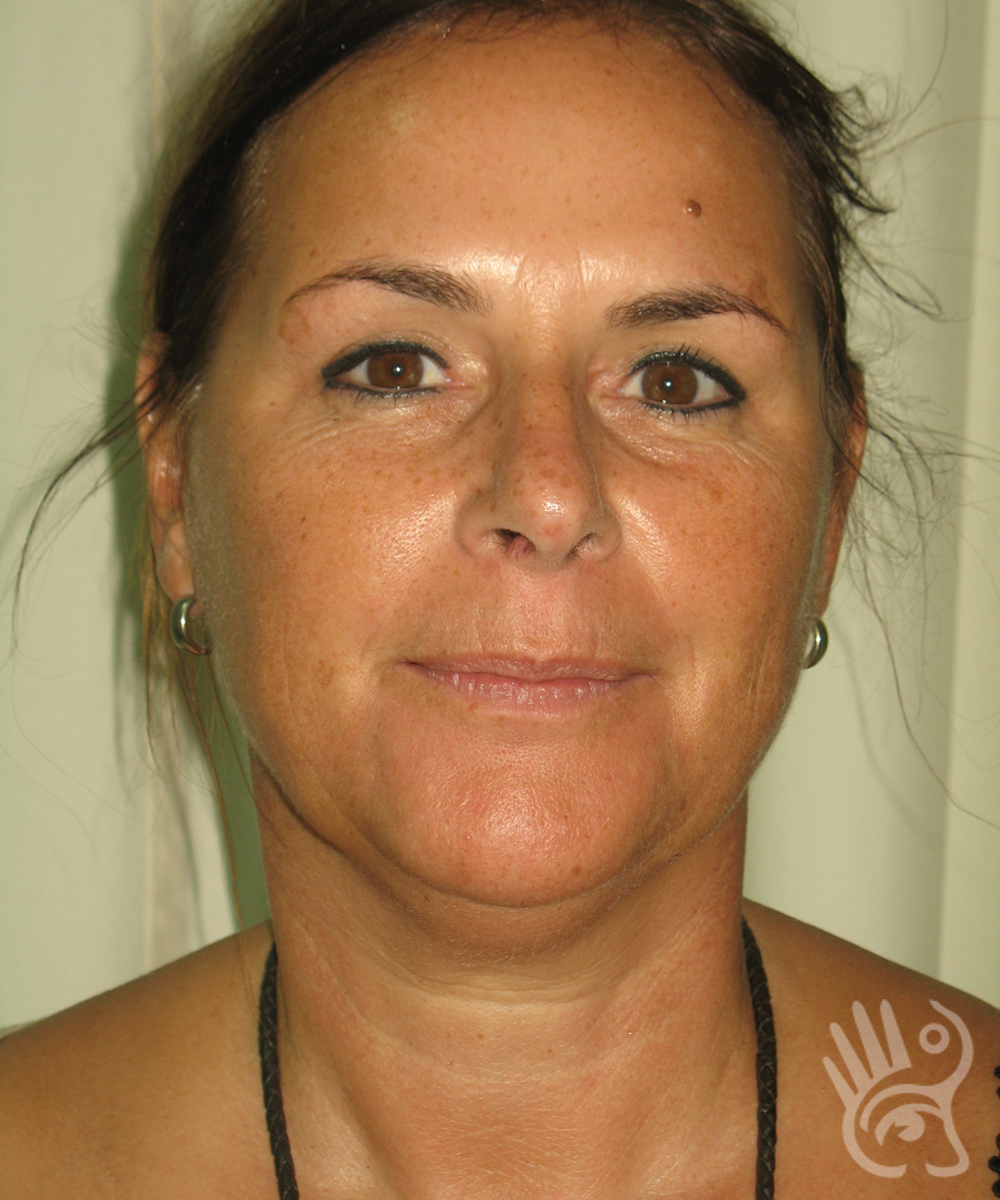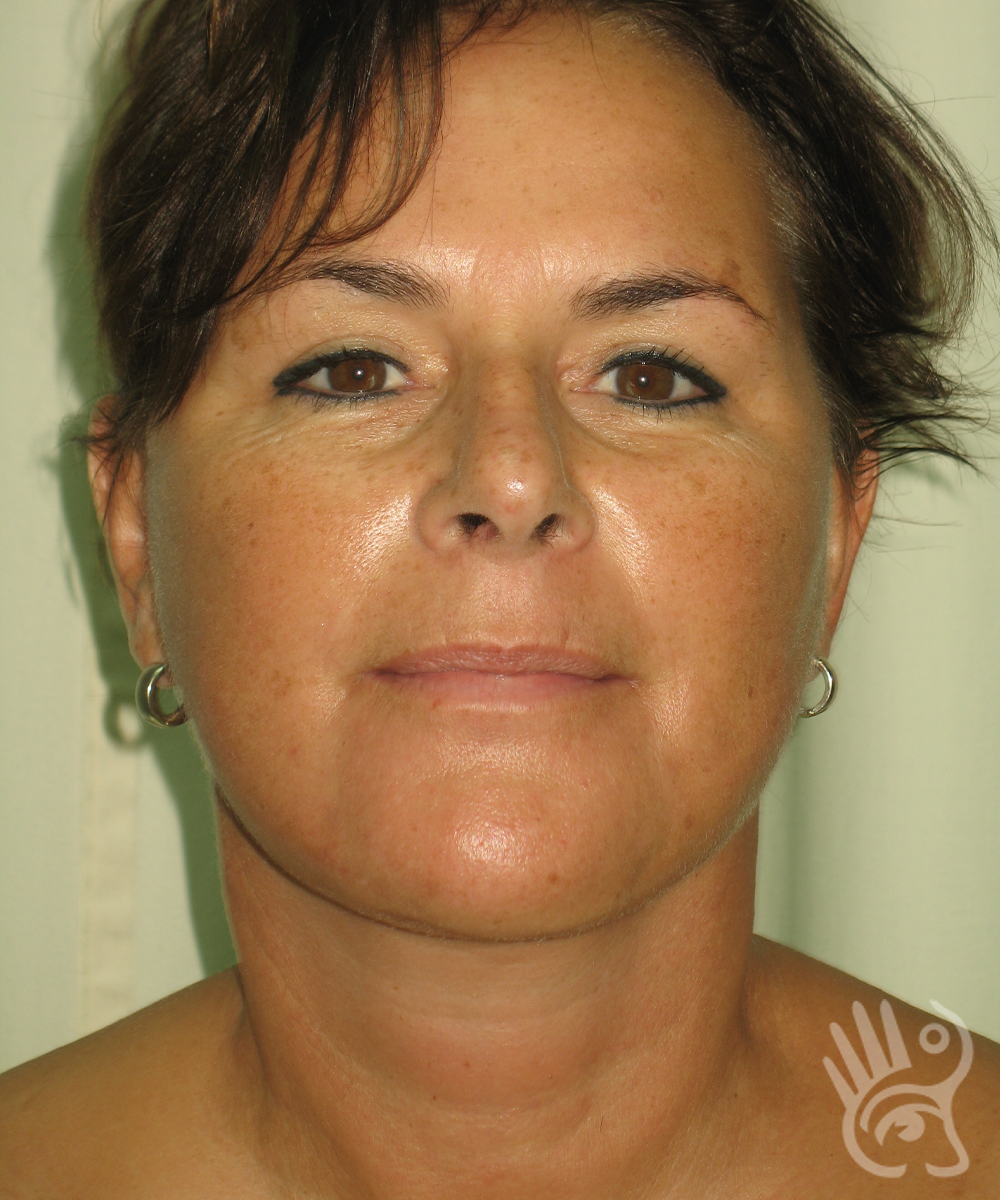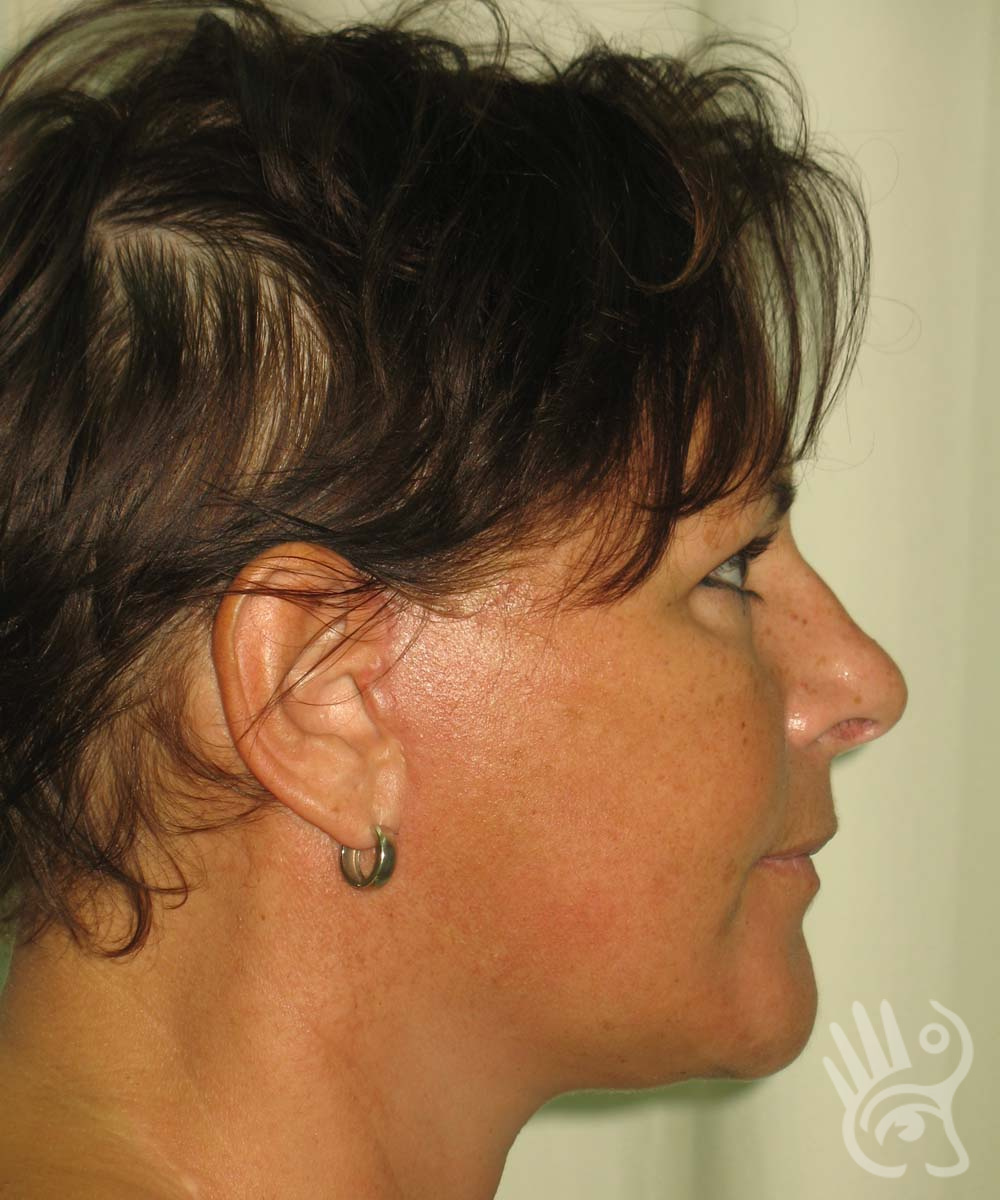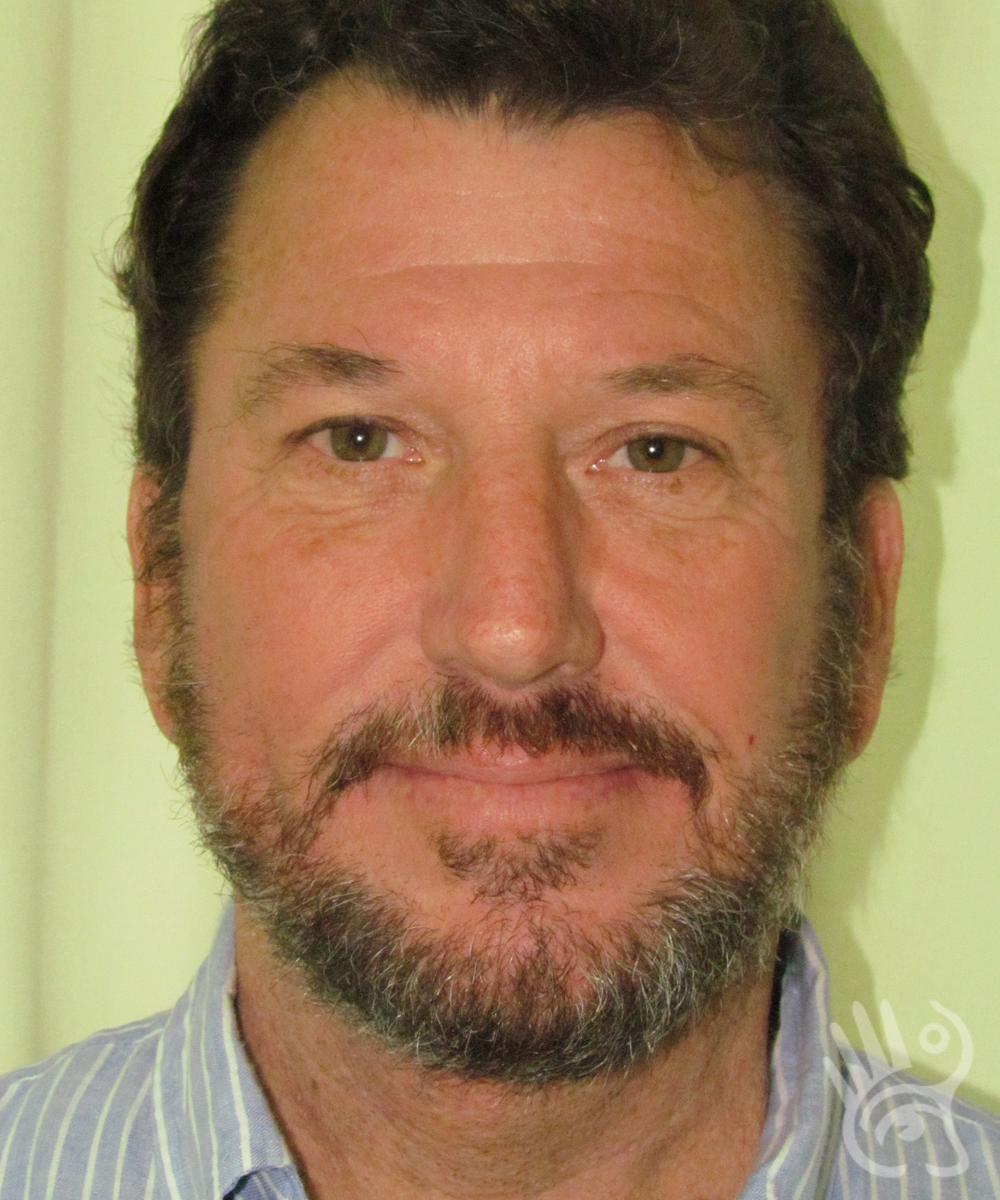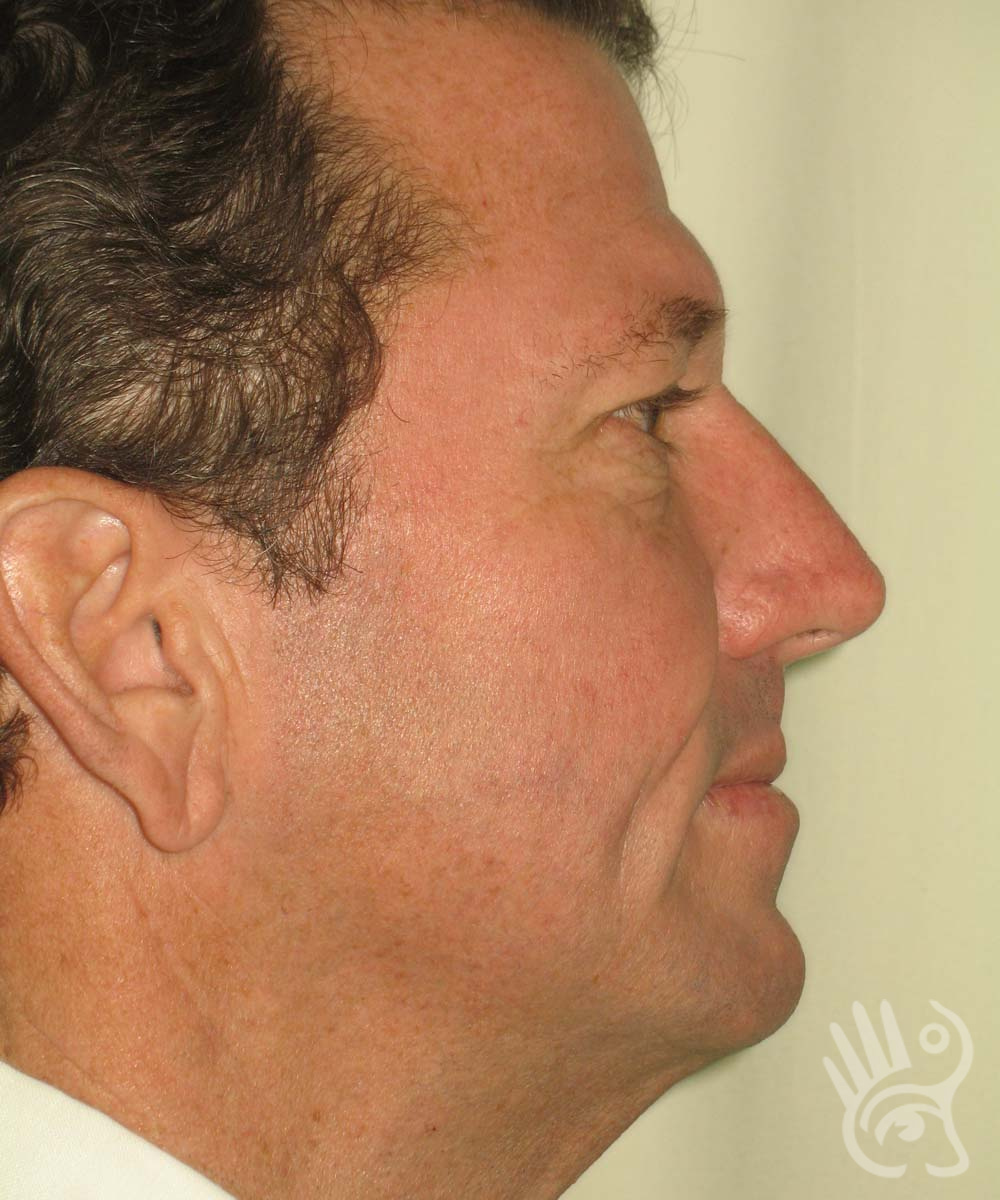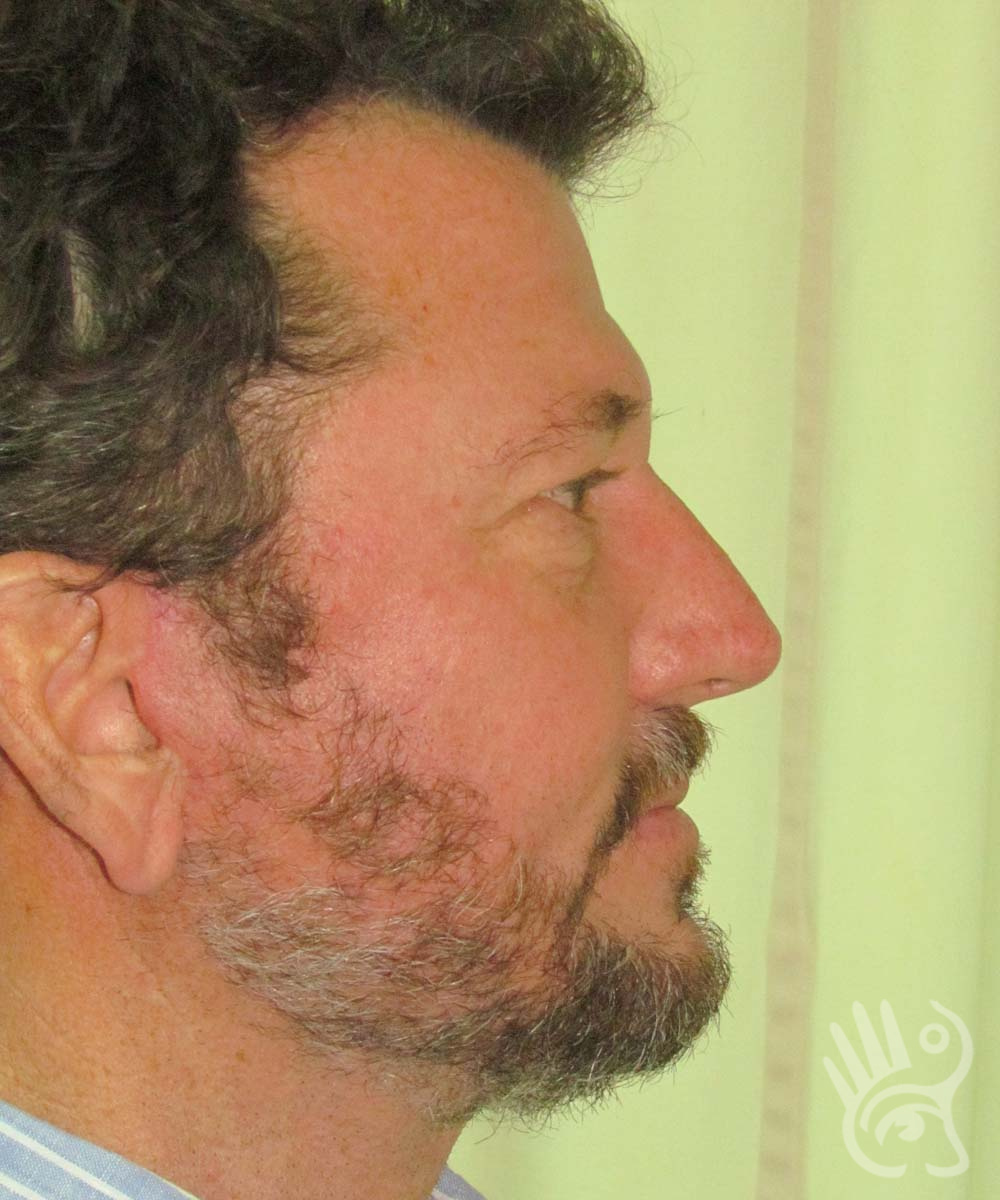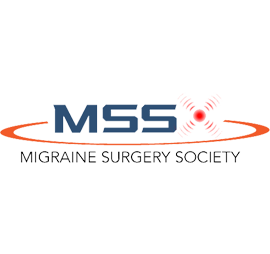During a facelift the soft tissues of mainly the lower one third of the face and the neck are lifted towards their original position. This will result in an improvement of the contours of the jawline and neck. Furthermore there will be a reduction of folds and creases in the cheek areas and in the neck region. Wrinkles of the skin will decrease, but not necessarily disappear completely. Wrinkles around the eyes and lips will remain unchanged and other procedures can improve these areas such as an eyelid correction, laser treatment, dermabrasion or chemical peels. Decreasing the forehead lines, the frown area and raising the eyebrows can be achieved with a forehead lift.




